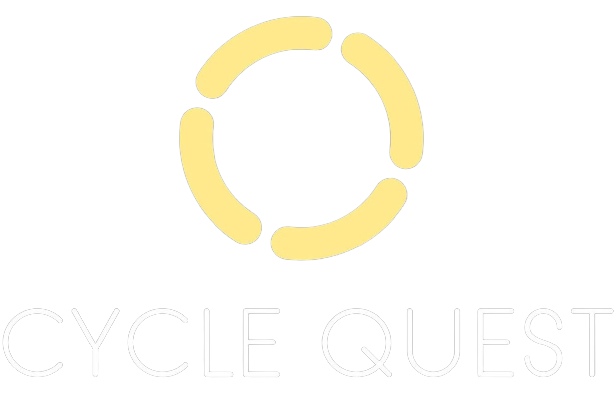President Donald Trump has threatened the imposition of 25% tariffs on imports from Canada and Mexico, citing concerns over illegal immigration and drug trafficking . This move has escalated tensions with two of America’s largest trading partners, leading to immediate retaliatory measures from both nations .
The implementation of these tariffs has introduced significant uncertainty into the U.S. economy. Businesses are grappling with disrupted supply chains and increased costs, which could lead to higher consumer prices . The question remains whether these tariffs are a strategic negotiating tool or a long-term policy shift.
CPI Cycles: Why Inflation Likely Bottoms in May 2026
Historical analysis of the Consumer Price Index (CPI) indicates that we are approaching a cyclical low in inflation, with a potential turnaround expected around May 2026:

You can see the red areas higlighting the cycle minimums for the CPI variations, and the green ones show the likely tops. This is just a statistical analysis, but there are also several macroeconomic factors contributing to this projection:
- Energy Prices: After months of decline, energy prices have stabilized, removing a significant deflationary force.
- Wage Growth: Persistent wage growth continues to support consumer spending, preventing a broader decline in core inflation.
- Shelter Costs: As a substantial component of the CPI, shelter costs have shown signs of renewed strength, contributing to overall inflationary pressures.
If the CPI reaches its nadir in May 2026, the Federal Reserve may need to reassess its monetary policy stance. Markets currently anticipate potential rate cuts later in 2025, but there is little information about what 2026 may bring.
Inflation Is Coming Back
Regardless of the outcome of the current trade tensions, inflationary pressures are poised to reemerge. Both market participants and policymakers may need to adjust their expectations in light of these cyclical indicators.
As always, economic cycles provide critical insights. Current data suggests that the period of disinflation is concluding, and a phase of rising inflation is on the horizon.

